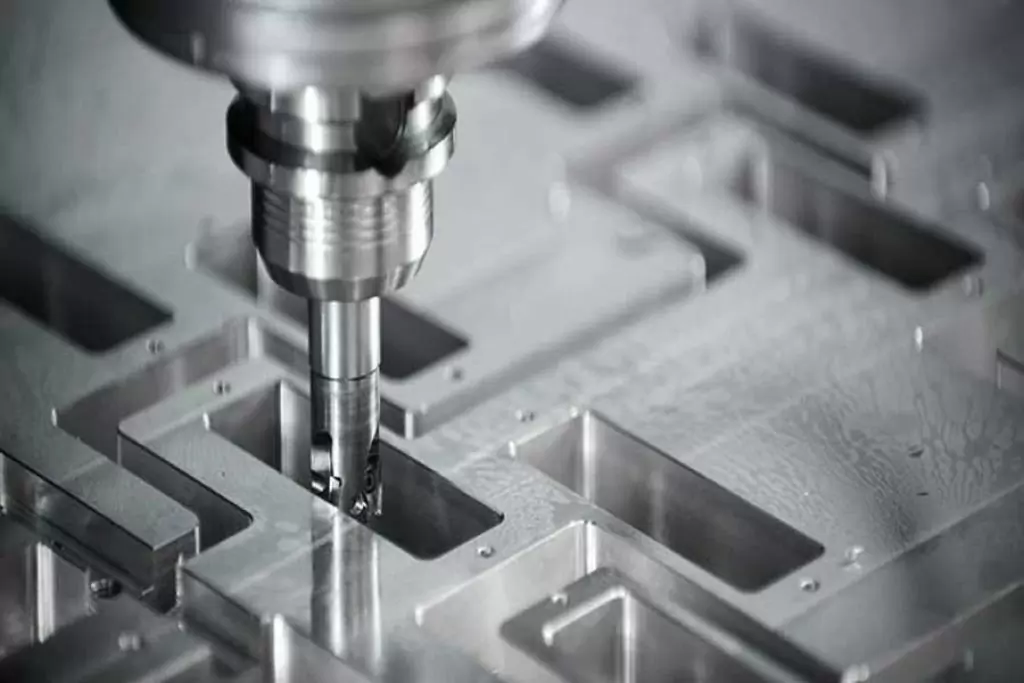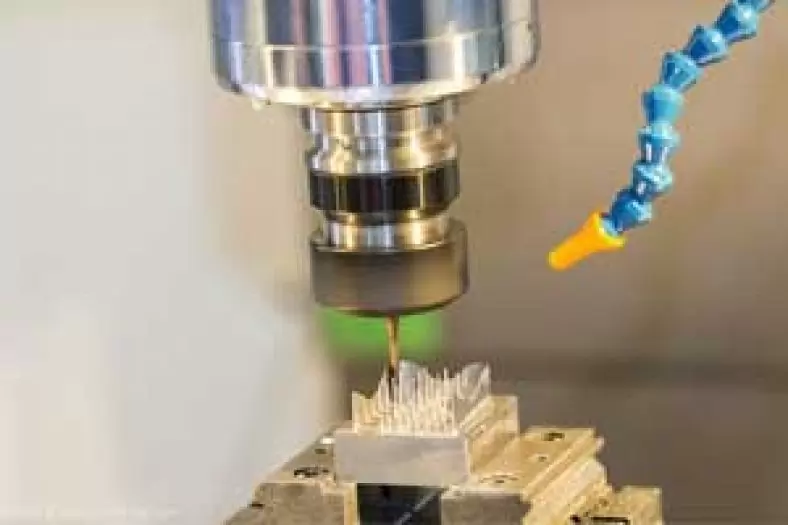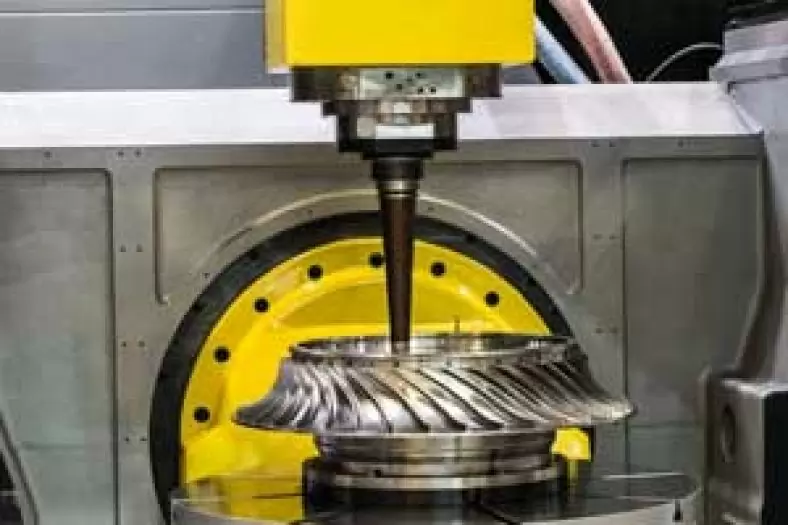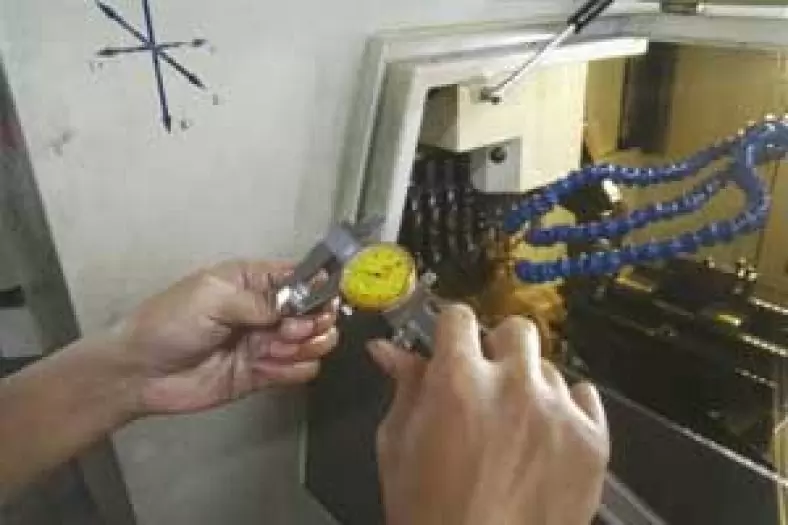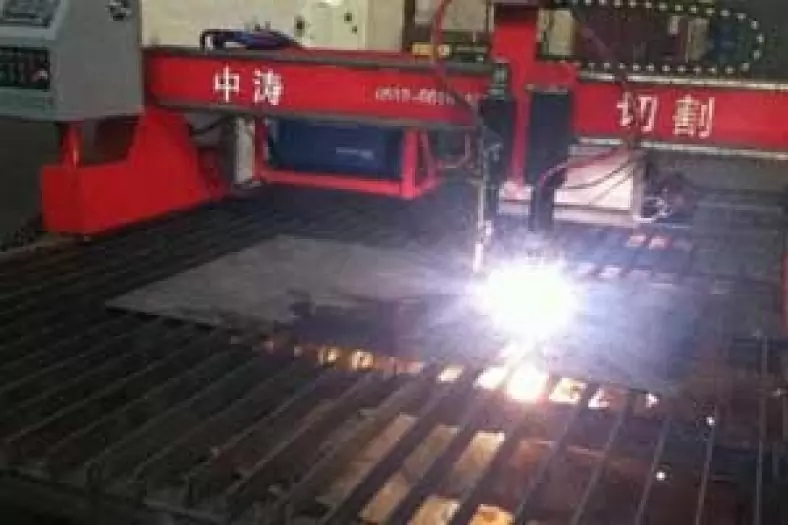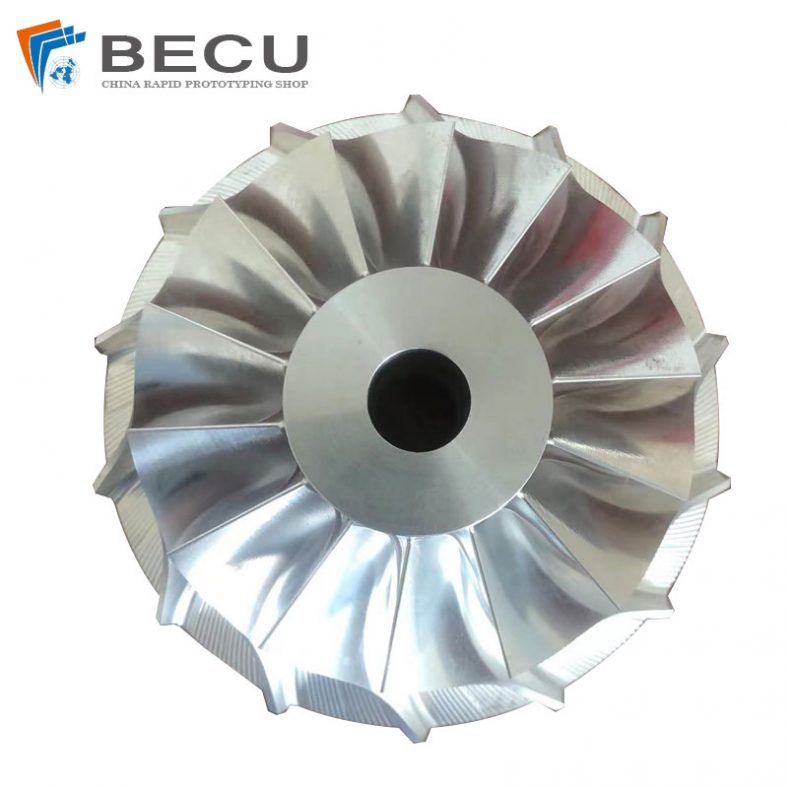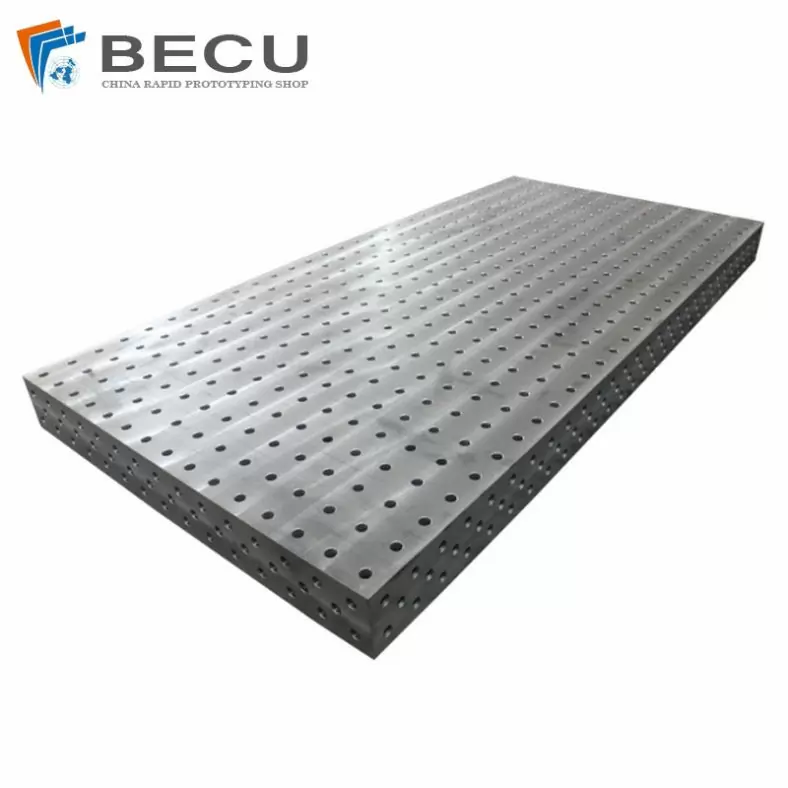Shenzhen, a city located in the southeastern part of China, has emerged as one of the most significant manufacturing hubs in the world. Known for its rapid industrialization and dynamic economic growth, Shenzhen plays a pivotal role in global supply chains, particularly in electronics, telecommunications, and various other high-tech industries. This article provides an in-depth look at the history, growth, and current state of Shenzhen’s manufacturing sector.

History Of Shenzhen Manufacturing
By the mid-1990s, key industries had shifted to include electronic communication equipment, electrical machinery, food processing, metal products, clothing, and others. As the new century commenced, the scale of industries such as computer communication and electronic equipment manufacturing, electrical machinery and equipment manufacturing, special equipment manufacturing, general equipment manufacturing, automobile manufacturing, and pharmaceutical manufacturing continued to expand, becoming the primary drivers of Shenzhen’s industrial economic growth.
In 1980, traditional industries such as food manufacturing and textiles represented 57.5% of the output value above the designated size in Shenzhen.According to a representative from the Shenzhen Municipal Bureau of Industry and Information Technology in a recent media interview, Shenzhen’s industry has now evolved into five major sectors with the electronic information industry at its core. These include mechanical equipment, traditional advantageous industries, and electricity and oil extraction as supplementary sectors. By 2020, the electronic information industry comprised nearly 60% of the city’s industrial output and accounted for approximately one-fifth of the national electronic information sector. Although 40 years may not be an extensive period in a historical context, it has been remarkably transformative for Shenzhen’s manufacturing sector, which has witnessed numerous achievements and milestones during this time.
Early Development
Shenzhen was originally a small fishing village before it was designated as China’s first Special Economic Zone (SEZ) in 1980. This designation marked the beginning of a transformation that would see Shenzhen grow from a modest town into a sprawling metropolis. The SEZ policy encouraged foreign investment, and Shenzhen’s proximity to Hong Kong made it an ideal location for businesses looking to take advantage of China’s low-cost labor and favorable economic policies.
The 1990s Boom
During the 1990s, Shenzhen experienced exponential growth in its manufacturing capabilities. The city attracted a wide range of industries, including textiles, toys, and consumer electronics. The government’s focus on infrastructure development, combined with a skilled and affordable labor force, laid the foundation for Shenzhen’s ascent as a manufacturing powerhouse. The influx of foreign direct investment (FDI) played a crucial role in this transformation, as multinational companies established manufacturing facilities in the region.
Transition to High-Tech Manufacturing
As China’s economy evolved, so did Shenzhen’s manufacturing sector. By the late 1990s and early 2000s, the city began to shift its focus from low-cost, labor-intensive manufacturing to high-tech and value-added industries. This shift was driven by a combination of government initiatives and market forces, which encouraged innovation and the development of new technologies. Shenzhen became home to a growing number of tech companies, including Huawei, ZTE, and Tencent, which would later become global giants in their respective fields.
The Modern Shenzhen Manufacturing Landscape
A group of companies have emerged rapidly. They have deep roots in niche areas, high market share, and an indispensable position in the industry. Many of them have won the title of manufacturing champion selected by the Ministry of Industry and Information Technology. Although these companies come from different industries, they have a common gene: attaching importance to R&D investment, insisting on independent innovation, and having industry voice in the global market with product strength. Many companies have become listed companies and have been recognized by the market.

Electronics Manufacturing
Today, Shenzhen is widely regarded as the “Silicon Valley of Hardware,” a title that reflects its dominance in the global electronics manufacturing industry. The city is a key player in the production of smartphones, computers, and a wide range of consumer electronics. Shenzhen’s electronics manufacturing ecosystem is highly integrated, with a dense network of suppliers, manufacturers, and service providers that can quickly and efficiently bring products from concept to market.
The Huaqiangbei area in Shenzhen is particularly famous as the world’s largest electronics market. It serves as a focal point for electronics manufacturing, where companies can source components, develop prototypes, and scale production with unparalleled speed. This environment has fostered a culture of innovation, attracting entrepreneurs and startups from around the world.
Telecommunications and Networking Equipment
Shenzhen is also a global leader in the production of telecommunications and networking equipment. Companies like Huawei and ZTE, both headquartered in the city, have become dominant players in the global telecom industry. These companies have been instrumental in the development and deployment of cutting-edge technologies, including 5G networks and advanced telecommunications infrastructure.
Automotive Manufacturing
In recent years, Shenzhen has expanded its manufacturing capabilities into the automotive sector, particularly in the production of electric vehicles (EVs). BYD (Build Your Dreams), one of the world’s largest electric vehicle manufacturers, is based in Shenzhen. The city’s focus on innovation and sustainable development has made it a hub for the research, development, and production of EVs, positioning it at the forefront of the global transition to greener transportation.
Robotics and Automation
The manufacturing sector in Shenzhen is increasingly adopting robotics and automation technologies to enhance efficiency and reduce labor costs. The city is home to numerous companies specializing in industrial robots, automation systems, and smart manufacturing solutions. This trend is in line with China’s broader “Made in China 2025” initiative, which aims to upgrade the country’s manufacturing sector through the adoption of advanced technologies.

Economic Impact Of Shenzhen Manufacutring
As a benchmark for China’s rapidly developing cities, Shenzhen, an innovative city with an area of less than 2,000 square kilometers, has rapidly become a strong manufacturing city in China from a remote agricultural county, full of vitality and unlimited potential.In the past decade, Shenzhen has accelerated its development, with GDP growing from 1,295.08 billion yuan in 2012 to 3,066.485 billion yuan in 2021, with an average annual growth rate of 7.9%; industrial added value increased from 509.14 billion yuan to 1,035.603 billion yuan, doubling.
Last year, Shenzhen’s manufacturing industry developed steadily, with the total industrial output value above designated size ranking first among cities in the country for three consecutive years, and the industrial added value exceeded 1 trillion yuan, an increase of 5%, with 1,769 new industrial enterprises above designated size. Recently, a report released by a third-party research center showed that Shenzhen ranked first again this year after ranking first among the top 100 cities in advanced manufacturing in 2021.
Contribution to China’s GDP
Shenzhen’s manufacturing sector is a major contributor to China’s Gross Domestic Product (GDP). The city’s economy is one of the fastest-growing in China, with a GDP surpassing that of some entire countries. Manufacturing, particularly in high-tech industries, remains a critical driver of this economic growth. The sector’s success has also had a significant impact on employment, with millions of people working in manufacturing-related jobs.
Global Trade and Supply Chains
Shenzhen plays a crucial role in global trade, particularly in the export of electronics and other manufactured goods. The city’s port, Yantian International Container Terminal, is one of the busiest in the world, handling a substantial portion of China’s exports. Shenzhen’s integration into global supply chains has made it a key node in the production and distribution of goods worldwide.
Foreign Direct Investment (FDI)
Shenzhen continues to attract significant levels of FDI, particularly in high-tech and innovative industries. The city’s favorable business environment, advanced infrastructure, and strategic location have made it a preferred destination for multinational companies looking to establish manufacturing operations in China. This influx of FDI has further bolstered Shenzhen’s position as a global manufacturing leader.
Challenges and Future Prospects
According to sources from Shenzhen, as a major industrial hub in China, Shenzhen has always regarded industrial development as the pillar and backbone of urban growth. Shenzhen focuses on becoming a globally influential economic center city, accelerating the construction of a world-leading advanced manufacturing hub. The city is committed to enhancing its capabilities in intelligent, green, and integrated manufacturing, and is accelerating the development of strong manufacturing capacity, creativity, element security, resource integration, and a complete ecosystem. This will ensure the integrity, advancement, and security of the modern industrial system, and enhance the international competitiveness of advanced manufacturing. Shenzhen is home to numerous leading enterprises in advantageous industries, and its industrial growth rate surpasses that of both the national and provincial levels, with advanced manufacturing leading the way.
In Shenzhen, the industrial sector accounts for more than 35% of the city’s GDP, contributing nearly 50% to economic growth, making it a major driver of the economy. Shenzhen has made breakthroughs in industrial software and high-end medical equipment, and its innovation capacity is accelerating. The city has 278 listed industrial enterprises, ranking first nationwide, and has the highest number of new “specialized and innovative” small giants this year. Enterprise competitiveness has significantly improved.
Promoting High-Quality Development of Advanced Manufacturing
To build a world-leading advanced manufacturing hub, Shenzhen has set two-phase goals: by 2025, the city aims to develop four trillion-yuan-level, four five-hundred-billion-yuan-level, and several hundred-billion-yuan-level industrial clusters, and essentially establish a globally leading advanced manufacturing center; by 2035, it aims to complete the construction of this world-leading hub. According to officials from Shenzhen’s Industrial and Information Technology Bureau, Shenzhen will focus on the real economy, accelerate the construction of a world-leading advanced manufacturing center, and aim for high-end, high-quality, and high-tech developments with multiple measures to drive the high-quality development of advanced manufacturing.
Shenzhen is committed to the high-end, intelligent, green, and integrated development of manufacturing. The city is building a digital metropolis, implementing “cloud computing, data utilization, and intelligent empowerment,” integrating new urban construction with new infrastructure, and promoting the deep integration of digital technology with the real economy. It is accelerating the high-quality development and high-level application of artificial intelligence, setting up a 100 billion yuan AI fund cluster, and releasing two batches of “City+AI” application scenarios. Shenzhen strives to become the leading open-source HarmonyOS and EulerOS industrial hub with core technology leadership, high industrial concentration, rich application scenarios, comprehensive ecosystem support, and global influence. The city is fully committed to “Ultra-fast Pioneer City Construction,” achieving dual-gigabit ultra-fast experiences, extensive full-fiber network coverage, one-millisecond computing services, and a “100% connected” presentation. It has built over 75,000 5G base stations and is promoting “10G to enterprises.” Shenzhen is also building a “Computing Power Pioneer City,” proposing the “Computing Power Enclave” concept, accelerating the construction of a unified city-level intelligent computing power platform, building a secure and reliable data and computing power base, and setting a benchmark for China’s computing network cities. It is advancing the construction of a “new generation world-class automotive city,” targeting a trillion-yuan-level automotive industry cluster. The city is promoting the deep integration of advanced manufacturing and modern services, actively advancing the construction of service-oriented manufacturing demonstration cities, and has introduced 20 measures to build a trillion-yuan-level world-class new energy storage industry center, focusing on key areas in advanced electrochemical energy storage technology, industry ecosystem, innovation capability, and business models.
Driven by these measures, from January to October this year, Shenzhen’s industrial added value above designated size grew by 4.8% year-on-year, with manufacturing up by 4.2%. Among them, the added value of the automotive manufacturing industry above designated size grew by 59.3%, power and heat production and supply by 15.5%, and specialized equipment manufacturing by 10.5%. The production of new energy vehicles and service robots increased by 117.7% and 34.3%, respectively.
Moving Towards High-End Global Industry Chain and Value Chain
Focusing on high-end, high-quality, and high-tech breakthroughs, Shenzhen’s manufacturing industry continues to develop world-leading manufacturing and R&D capabilities, build a more internationally competitive modern manufacturing system, create effective industry development platforms, and foster a favorable environment for element aggregation and efficient services. Zhou Lin, Director of the Innovation and Industrial Development Research Center at the China (Shenzhen) Comprehensive Development Research Institute, stated that “Shenzhen’s advanced manufacturing leads the country, and the entire manufacturing sector is undergoing structural adjustments and industry upgrades, climbing to the high-end of the global industry chain and value chain.” A world-leading advanced manufacturing center is taking shape.
Shenzhen is focusing on long-term goals, vigorously implementing the industrial investment doubling plan, and continuously promoting large-scale, optimized structure, improved quality, and increased efficiency of investments to solidify the foundation for development. This year, Shenzhen has arranged 247 modern industry projects, with an annual investment plan ratio of 32%. Through nurturing projects such as “Starry Shenzhen,” the city supports quality enterprises in listing and financing. With substantial financial support, Shenzhen’s output of major high-tech products is also growing rapidly. From January to October, industrial investment in the city grew by 50.3%, with manufacturing investment up by 63.2% and high-tech manufacturing investment by 71.3%. Various industry support plans for new-generation information technology, industrial mother machines, intelligent robots, and medical equipment are being accelerated.
Shenzhen has supported more than 1,200 industrial enterprises in technological transformation this year and introduced a “comprehensive support package” for technological transformation financing, encouraging enterprises to increase their investment in technological upgrades to further enhance their core competitiveness and promote the transformation and upgrading of Shenzhen’s manufacturing industry. Recently, the “Measures for Accelerating the Technological Transformation and Upgrading of Industrial Enterprises under New Circumstances” was introduced, providing up to 100 million yuan in funding for major technological transformation projects, significantly reducing the burden on enterprises.
To promote digital transformation, Shenzhen has strengthened policy guidance, implemented special fund reforms, and cultivated five dual-platforms for digital transformation, including Huawei FusionPlant, Foxconn Fii Cloud, Tencent WeMake, China Resources Runlian Resolink, and Kingdee Xingyu. This deepens the empowerment of Shenzhen’s manufacturing industry in digital transformation. Additionally, 48 powerful service providers have been registered nationwide this year, and free digital transformation consulting and diagnosis services have been provided to over 2,000 regulated industrial enterprises.
Embracing Global Competition through Cluster Development
Shenzhen continues to improve industrial support and promote cluster development. This year, two major industrial clusters—high-end intelligent vehicle equipment in Longgang District and new-type display devices in Longhua District—were listed in the 2023 National Small and Medium-Sized Enterprise Characteristic Industrial Clusters. Currently, Shenzhen has seven provincial-level small and medium-sized enterprise characteristic industrial clusters, with four selected as national-level clusters, the highest number in the province.
Since the beginning of this year, Shenzhen’s production of new energy vehicles and charging piles has maintained triple-digit growth, and production of civilian drones and 5G smartphones has also seen double-digit growth, significantly enhancing its global competitive strength. This year, Shenzhen accounts for half of the global production of communication base stations, about one-seventh of the global production of electrochemical energy storage, one-seventh of the global production of smartphones, one-eighth of the global production of new energy vehicles, about 70% of the global production of consumer-grade drones, 60% of the global production of mid-to-high-end glasses, 42% of the global production of watches, and over 60% of the high-end women’s wear market in China. Shenzhen’s advantages in advanced manufacturing are continuously solidified.
Currently, Shenzhen has a total of over 4 million registered commercial entities, including 11 Fortune Global 500 companies and 743 national-level “specialized and innovative” small giants. This year, Shenzhen ranks first nationwide in the number of newly listed national-level specialized and innovative small giants with 310 companies. The pattern of large enterprises standing tall, innovative enterprises breaking new ground, and a vast number of small and medium-sized enterprises and individual businesses rapidly forming is accelerating.
Conclusion
Shenzhen has firmly established itself as a global manufacturing powerhouse, with a particular focus on high-tech industries. The city’s success is the result of a combination of favorable government policies, a skilled workforce, advanced infrastructure, and a culture of innovation. While Shenzhen faces challenges related to environmental sustainability, labor costs, and competition, its ongoing commitment to innovation and development positions it well for continued growth in the coming decades. As Shenzhen continues to evolve, it will likely remain a key player in the global manufacturing landscape, shaping the future of industries around the world.
The Detail Of BE-CU cnc machining Shop
BE-CU.COM – As an accomplished CNC machining Service Manufacturer and CNC shop, BE-CU Prototype has been specialized in OEM CNC lathing, custom CNC machining parts production and rapid CNC machining services China for over 35 years and always maintaining the highest standard in delivery speed and reliable quality of precision CNC manufacturing components. With the help of high-level technology and efficient equipment, as well as rigorous attitude, BE-CU passed the ISO9001:2015 quality certification, which supports the long-term development of CNC milling services, CNC turning services, CNC milling-turning, CNC drilling services, 3/4/5 axis machining, gear machining services, CNC machining China custom parts and service, small parts machining, etc.Our CNC machining products can be utilized in a broad range of industries. Contact us for email: [email protected]
